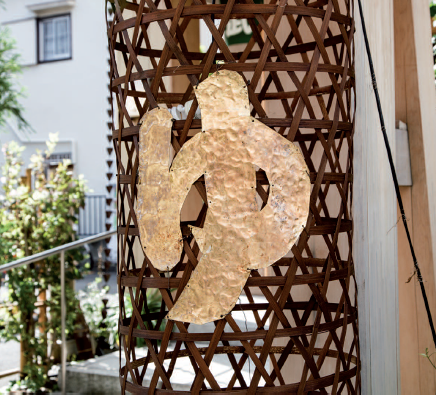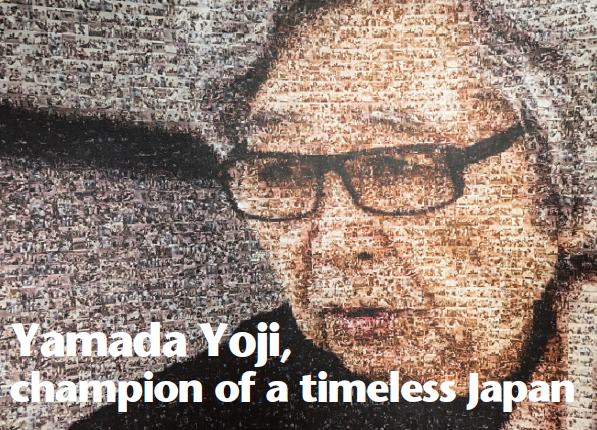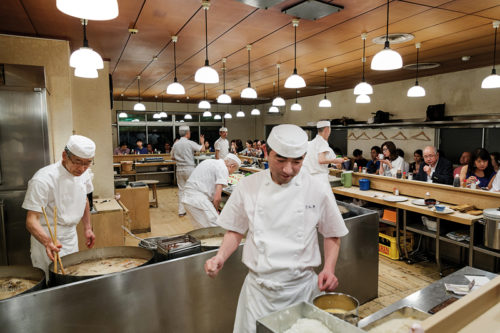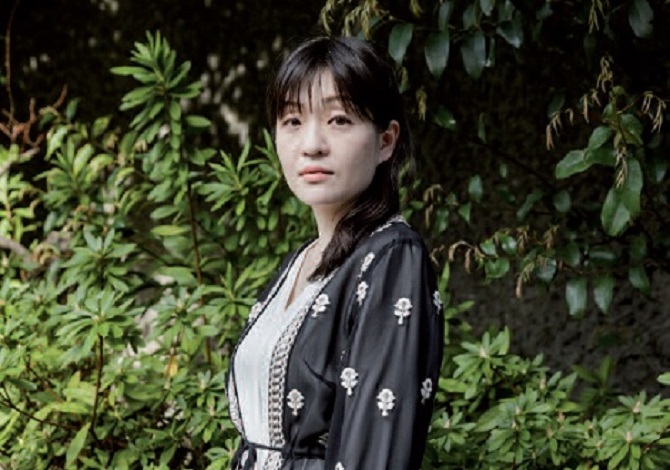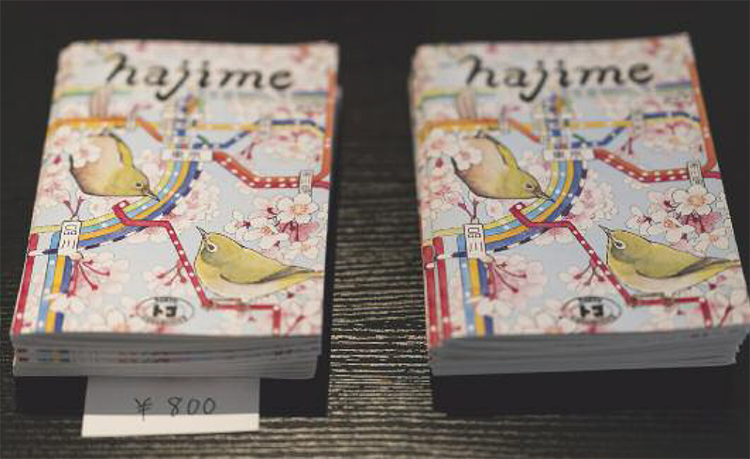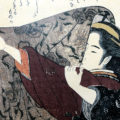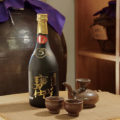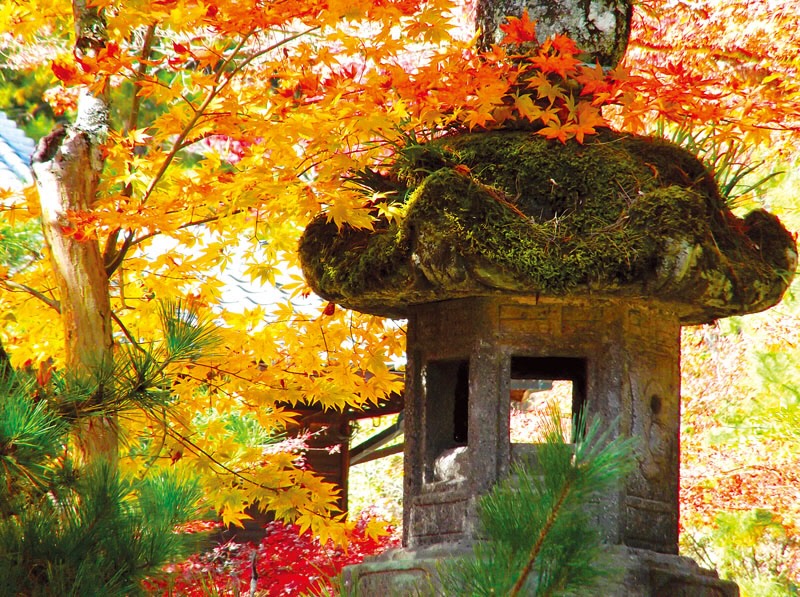
In recent decades, the West has been seduced by this school of thought without always grasping its significance.
Interest in all things Zen has reached unprecedented levels in the West. The word is used in brand names to market anything from laptops to mattresses. Search for Zen Books on Amazon and you’ll get over 50,000 results. The very word Zen has become an over-used synonym for a state of stress-free calm. However, as we see elsewhere in this issue, this is a misconception, far from the true purpose of Zen.
Zen has captivated the imagination of the West ever since it was first introduced at the beginning of the 20th century. A leading influencer in this awakening of interest was Zen authority D.T. Suzuki (1870-1966), who gave countless lectures and wrote over 100 books on the subject including the seminal An Introduction to Zen Buddhism (1934) and Zen & Japanese Culture (1938).
Inspired by Suzuki, Western writers like Christmas Humphreys and Alan Watts further popularized Zen. Humphreys’ book Zen Buddhism (1949) was referenced by Van Morrison in his 1982 song Cleaning Windows, while Watts’ The Way To Zen (1957) influenced Beat Generation writers like Jack Kerouac and Alan Ginsberg. Kerouac was hailed as “the first patriarch of Buddhism in America” by Tricyclemagazine. His classic novel, The Dharma Bums (1958), oozes passion for Zen on every page. Some of the Dharma (completed in 1958, published 1997) is a 400-page compendium of Kerouac’s thoughts on Buddhism. By the end of the 50s, Western intellectuals, artists, wealthy philanthropists and many general readers had become fascinated with Zen due in no small part to Suzuki’s books and lectures.
Zen’s burgeoning popularity was confirmed by features in newspapers and magazines like the New York Times, the New Yorker, Newsweek and the Chicago Review. Artists and intellectuals as diverse as Aldous Huxley and Dizzie Gillespie espoused the way of Zen.
Interest took a quantum leap in the 60s when a whole generation of young people began searching for new philosophies, new experiences and a more peaceful, meaningful way of living. In 1968, in the midst of this seismic mind-shift, the Beatles travelled to Rishikesh, India, to learn meditation. In doing so, they turned millions of ordinary people on to the concept of meditating. Zen was no longer just for the intellectual elite.
More recently, Jon Kabat-Zinn – Full Catastrophe Living (1991), Wherever You Go, There You Are (1994) – helped trigger a new Zen boom, using the Trojan Horse of “mindfulness” to introduce techniques adapted from Zen meditation to help sufferers of post-traumatic stress disorder and other illnesses. Today, Mindfulness Meditation is practised in a growing number of institutions worldwide including schools, police departments and multinational corporations such as Google, Amazon, Yahoo, Ford and Nike.
Zen arrived in Japan in the late 12th century when, in 1191, the monk Eisai (1141-1215) returned from China spreading word of a new kind of Buddhism called Chan. He also brought back some tea seeds, so he is credited with introducing both Zen (derived from Chan) and green tea to Japan, two fundamental components of the Zen-inspired Japanese tea ceremony. He is thus considered the founder of Zen in Japan, and of the Rinzai school of Zen in particular.
A little later, in 1223, another monk called Dogen (1200-1253) also went to China, returning in 1227 to found the branch of Japanese Zen known as Soto. Together, these two sects, Rinzai and Soto, have had an enormous influence on Japanese culture. Their huge impact on all levels of Japanese society can still be felt today from landscape gardening and the tea ceremony to the austere simplicity of Japanese art, architecture and design.
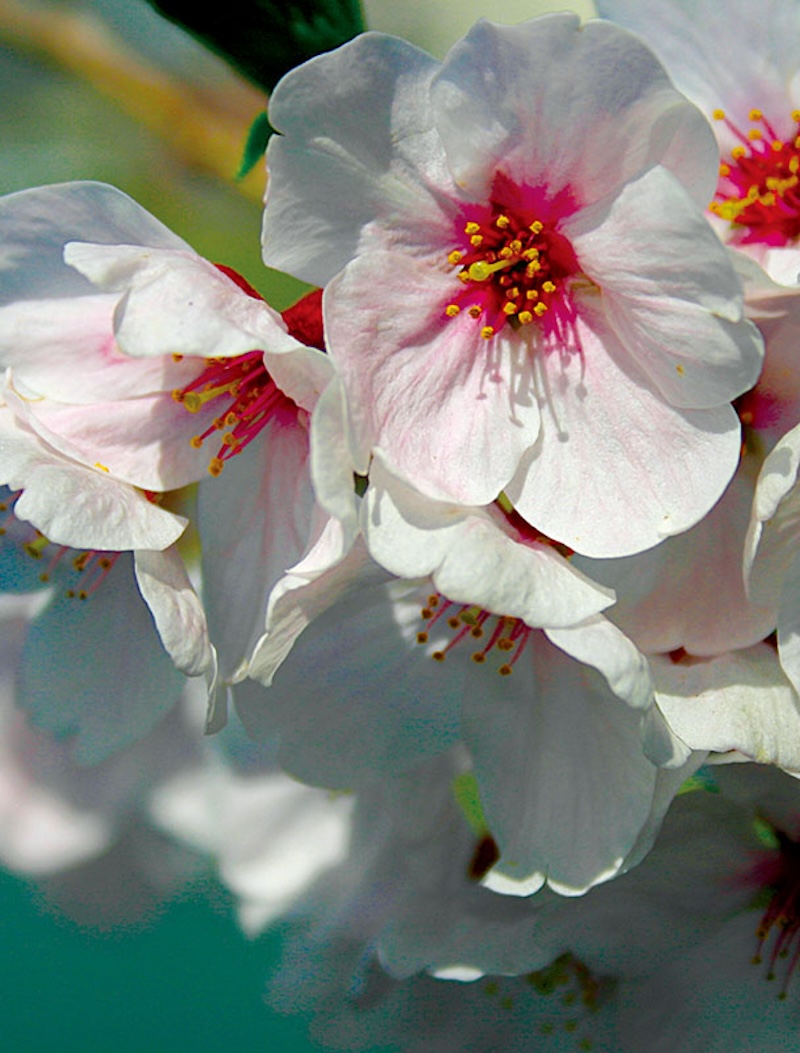
Nevertheless, Zen was not an overnight success. Eisai initially encountered opposition and hostility in Kyoto, then-capital of Japan, from supporters of traditional schools of Buddhism, which had been established in Japan since the sixth century. It wasn’t until the Kamakura Era (1185-1333) that Zen began to gain widespread acceptance. In the Kamakura Era, the balance of power shifted from Kyoto to Kamakura, and the samurai warrior class rose to prominence. They would rule Japan for the next 700 years, from 1160 to 1868. Zen was quickly embraced by the samurai. Indeed, “the rise of Zen is inextricably linked to the rise of the samurai”, says D.T. Suzuki.
But why did a religion based on compassion and non-violence find favour among Japan’s warrior elite? Firstly, for samurai, who faced death every day on the battlefield, the Zen belief that life and death are the same thing must have been a great comfort. At the same time, as Suzuki says, “Zen discipline is simple, direct, self-reliant and self-denying”, unencumbered by complex esoteric doctrine or emotional baggage. Furthermore, continues Suzuki, Zen “advises us… not to believe in a higher being other than oneself”.
Zen’s exhortation to go straight ahead and not look back resonated with the samurai, who needed to be immensely practical in order to survive. On the battlefield, with arrows flying and swords flailing, a nanosecond’s loss of concentration could cost you your life. In this context, the Zen teaching that enlightenment depends entirely on one’s own efforts found favour among the nobles of the warrior elite.
So, simplicity, austerity, self-discipline and the importance of meditation to find one’s true self are all aspects of Zen that held great attraction for the samurai. As architect Terunobu Fujimori says, “facing death every day inevitably resulted in deep introspection about their own personal existence… Zen partly places emphasis on looking hard at the essence of things and staying aloof from dazzling ornamentation and worldly possessions”.
Another apparent contradiction for Western minds is the fact that many fearsome samurai fighters were also devoted to the various arts associated with Zen – the tea ceremony, poetry, landscape gardening, calligraphy, etc. As the late judo instructor and former head of the BBC’s Japanese Service, Trevor Legget wrote: “Many warriors were men of culture, poets and artists, with their work often illuminated by their Zen training.”
William Scott Wilson, in the introduction to his translation of The Bushido Code by Tadashi Kamiko, goes further: “Such men were not simply rough uneducated fighters, but often … personified the Far Eastern ideal of balancing cultural awareness and artistic expertise with high martial abilities. Indeed, the cultural and the martial were understood by them to be mutually supportive, like the two wings of a bird”.
Both cultural and martial arts (kendo, archery etc) were closely linked with the samurai’s Zen training because they all required supreme concentration on the task at hand. Today, we would call it the importance of mindfulness. Like Tom Cruise’s character, Nathan Algren observes in The Last Samurai: “From the moment they wake they devote themselves to the perfection of whatever they pursue. I have never seen such discipline.”
So Zen has equipped us with a way to calm our anxious minds and detach ourselves from the tribulations of daily life, however briefly. It has also given us a rich variety of arts which can help us achieve this goal. Moreover, Zen has enriched our lives with a slew of loan words, including satori, kendo, bonsai, ikebana, koan, karate, aikido – each one a glittering prism revealing a new view on life.
The most quintessentially Zen of all these terms is wabi sabi, a vital key for understanding the Japanese psyche. It’s also the most difficult to translate. Wabi literally means poverty but applies to anything rustic, humble, natural or imperfect. Sabi means solitude, but is also used to describe that which is time-worn, unpretentious, often with an element of artistic creation – such as the utensils used in a tea ceremony.
Used together, the two words are used to evoke a beauty that is rustic, imperfect, natural, melancholic and, above all, transient. Examples include a moss-covered stone lantern, a handmade tea-ceremony bowl cracked with age, or the singing of unseen crickets in the trees around an old wooden shrine under an autumn moon. But nothing embodies the Japanese concept of transient beauty better than cherry blossom, revered by the Japanese precisely because the blossom only last a week or so.
In its acceptance of the beauty of transience in all things, including life itself, wabi sabi enshrines the elusive essence of Japanese aesthetics. It is also the soul of Zen.
Steve John Powell & Angeles Marin Cabello
To learn more on the subject, check out our other articles :
N°136 [EXPERIENCE] Letting go for real
N°136 [TRADITION] At the heart of stone gardens
N°136 [TREND] The importance of practicing Zen
N°136 [TRAVEL] Hirosaki, the jewel of Aomori
Follow us !


